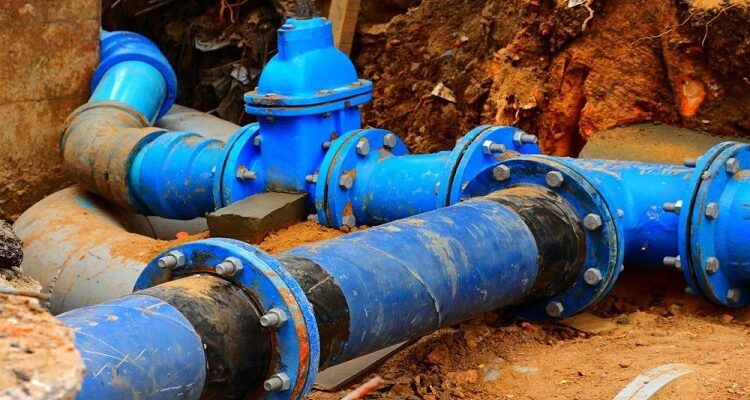Safety is always the number one priority when it comes to pipeline testing. This is because it is a high-risk service that can result in terrible accidents if not conducted safely. It is imperative for any service provider to fully understand their equipment before undertaking any new process.
Your premier pipeline testing provider will provide the ultimate in safety and reliability. Therefore, they will have the highest trained and most experienced staff on-hand, as the equipment cannot be operated safely if the technician is not fully trained and experienced.
Naturally, safe preparation is paramount to conducting a safe process. Here, we will discuss safe preparation and why it is imperative to conducting this job efficiently:
How to properly prepare pipe plugs
When it comes to pipeline testing services, the following preparations have to be completed to ensure the job is done safely:
Choose the right plug & technology
Each pipe plug model has its own specifications listed on the provided information pamphlet that must be followed to ensure it is right for the job.
Back pressure determination
The plug’s maximum back pressure must maintain the air or liquid pressure in back or front of the plug it has to restrain. It should never surpass the plug’s back pressure rating. The plug’s total force exerted is directly proportional to both the pipe area and pressure.
Choose the right plug size
Make sure the pipe’s internal diameter (ID) is within the plug’s usage or sealing range at all times. Each plug has a minimum and maximum sealing size range. To make sure the plug will fit its particular pipe, it is imperative that the ID be verified and compared to the plug’s usage range.
Ensure it is the right design
Plug performance can vary depending on the different models. Therefore, you should check that it is the right design.
Utilise calibrated gauges
An under- or plug-over-inflated tire could result from not using calibrated gauges. The plug will fail as a result of this. Consequently, it is always advised to use calibrated pressure gauges only to monitor inflation and back pressure. Furthermore, if there is still back pressure in the line, you should never deflate a plug. Always use an extension hose to deflate your plug remote and stay out of the danger zone.
Always clean & inspect plugs
The plugs should always be properly cleaned and inspected before use. Plugs that show signs of damage should never be used. Your inspection should include looking for abrasions, cuts, leaks, tears or any other noticeable damage to the plug’s components.
When cleaning the pipe, before inserting the plug, make sure it is free of any debris or foreign objects. If you press it up against something sharp, it might cut. Additionally, a dirty pipe may impair the plug’s ability to withstand back pressure and harm it during inflation or replacement.
Enlist an engineer to check for backup system requirements
You should enlist an engineer to determine if you need a backup system and blocking device. Extra backup systems should be considered to prevent property damage or injury in the unlikely event of a failure. A high quality blocking device must be used to contain any plug movement. This is because there could be serious force behind the plug. You should also avoid inflation hoses, eye bolts or other attachments as a method of restraining plug movement under back pressure.


Comments